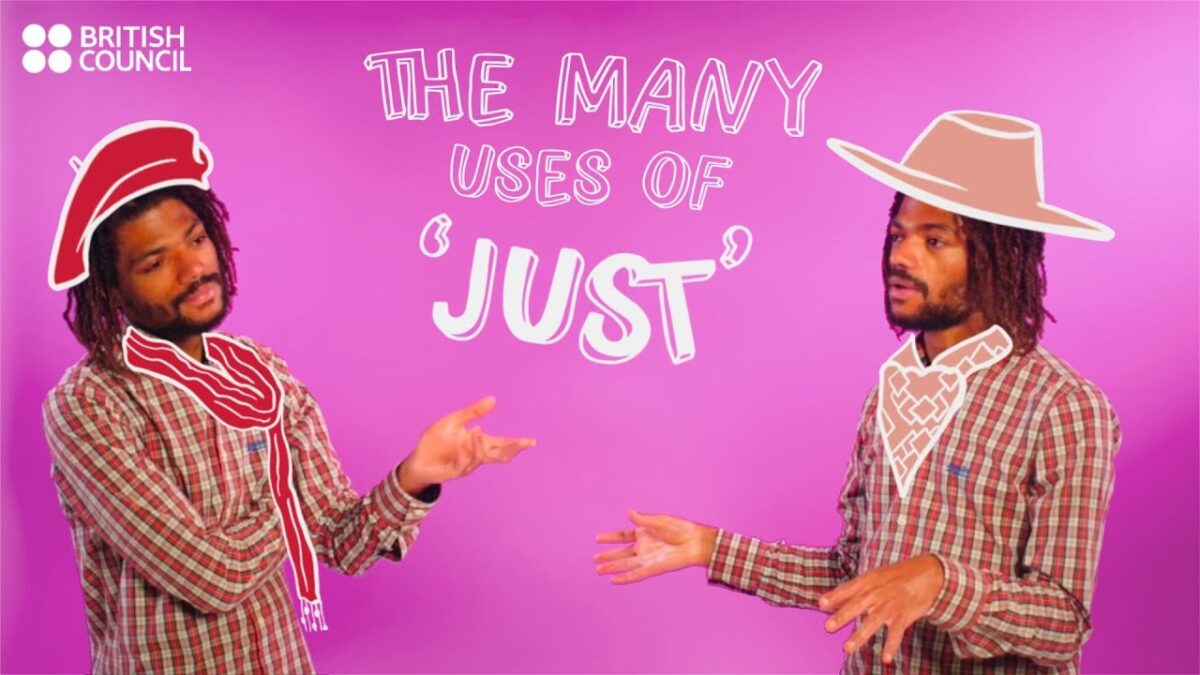Learning English on TikTok: Helpful Tips and Red Flags to Watch Out For

TikTok is full of quick videos, and it’s becoming a popular place to learn English. With so many teachers and language tips, it can feel like an exciting way to improve your skills. But not all videos are helpful, and some can even be confusing or incorrect.
Let’s explore the good and bad of learning English on TikTok. We’ll help you spot helpful videos, avoid common red flags, and show you how to make the most of TikTok as part of your language journey.
Red flags to watch out for when learning English on TikTok
🚩 Big, complicated words
Some TikTok videos focus on words that are difficult or not very common in daily conversations. For example, you might see a video teaching a word like “flabbergasted” instead of simpler words like “surprised” or “shocked.” While big words can be interesting, they’re not always helpful if your goal is to communicate in real-world English.
- Watch out for lessons that make things more difficult than they need to be, especially if they skip over more basic words that are actually used more often.
🚩 Missing important details
Learning English is easier when you understand why certain words or phrases are used. Some TikTok videos might teach phrases without giving the full background, which can make it hard to understand when you should use them. For example, a video might show the phrase “break a leg” but not explain that it’s used to wish someone good luck, especially before a performance. Without the background, phrases like these can be confusing.
- Look for videos that explain the meaning and give you examples of common expressions and when to use them, so you don’t accidentally use them in the wrong situation!
🚩 Strange phrases
Sometimes, TikTok videos teach phrases or expressions that don’t sound natural in real conversations. For example, you might see a phrase like “it’s raining cats and dogs” (meaning it’s raining heavily). While this is an old English expression, people don’t often say it in everyday conversations. If a phrase sounds unusual or overly formal, it might not be the best example of practical, everyday English.
- Stick to videos that focus on phrases you could use easily with friends or in daily situations, like “It’s pouring outside!” instead.
🚩 Promises that sound too good to be true
Learning a language takes time and practice, so be careful of videos that promise instant results, like “Fluent in English in 5 days!” or “Master English in a week!” These types of promises are usually unrealistic and might even lead to bad habits if they focus on shortcuts rather than real understanding. Good learning resources will encourage steady progress, like learning a few new words each day or practicing common expressions regularly.
- Look for honest, practical advice that helps you improve over time, rather than trying to make you fluent overnight.
How to spot trustworthy TikTok videos for learning English
Check for examples in real-life scenarios
Look for videos that teach everyday vocabulary in real-life settings, like ordering coffee or talking about the weather. Learning English this way helps you pick up practical language and common expressions you can start using right away in daily conversations.
Follow teachers who provide context
Look for videos from teachers who take time to explain the context behind new words and phrases, rather than just listing them. This approach helps you understand how and when to use new vocabulary, making it easier to remember and apply in real-life situations.
Look for videos with repetition and practice
Learning is easier with a bit of practice! Some creators repeat simple phrases or encourage you to say words out loud, which can help you remember everyday vocabulary and improve your confidence in word usage. Repeating phrases also builds a strong foundation in real-world English.
Choose videos with slow and clear speech
If a creator speaks too fast, it’s easy to miss things. Helpful content often has creators who speak clearly and at a steady pace, which makes it easier to understand without feeling rushed.
Check if the creator engages with followers
A creator who answers questions or responds to comments is likely invested in teaching and sharing helpful content. This kind of engagement shows they care about helping you learn English that’s practical and suits your needs.
Want to learn English with expert support?
Unlike quick tips on TikTok, English Online offers structured, expert-led classes designed to help you learn English in a way that truly lasts. With flexible scheduling, 24/7 access, and options for group or private classes, you’ll get clear explanations, real-world practice, and personalised feedback from trusted British Council teachers. You can even start with a 7-day free trial to see if it fits your goals.
Explore our online courses and take English learning to the next level!





1 comment
This topic is useful and I agree with it . Learning English from TikTok is not always good , because every body could post a learning video even if they are not a native speaker . So it’s important to be careful when you want to learn English from TikTok .